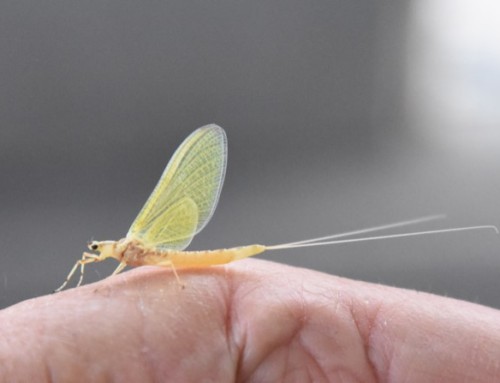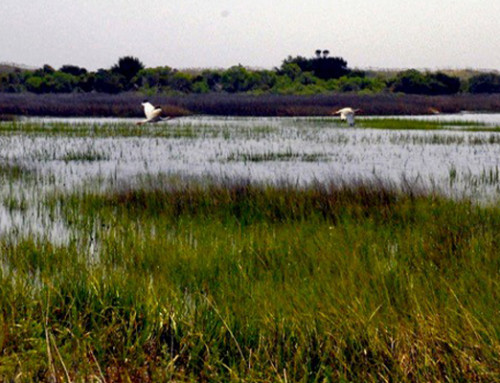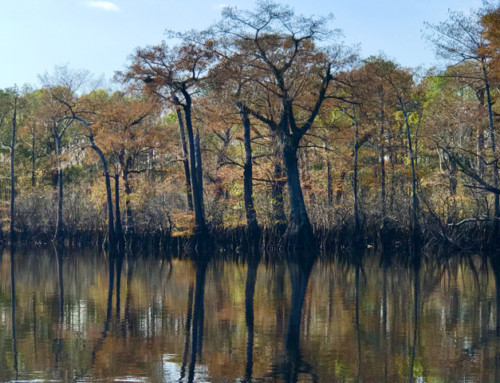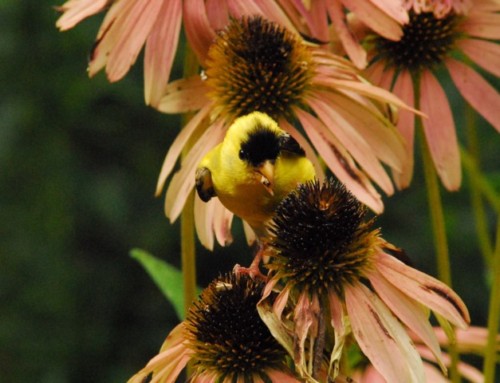A Photo Series from NC photographer and naturalist Tom Earnhardt
No Better Time and Place
In reflecting on the year 2020 it would be easy to focus simply on things damaged or lost—time lost with family and friends, reduced productivity, missed milestones, diminished opportunity, loss of civility, and lives lost to COVID. When we find ourselves on the treadmill of loss or anger, getting off is not easy.
During the past year with its perfect storm of pandemic, social unrest, and a bitter election season, a new word, “doomscrolling,” gained such prominence it was chosen “word of the year” by several organizations. Its origin is simple: when individuals seek out depressing news online and get habituated to websites or cable channels where writers and pundits rehash and reenforce their worst fears, they are said to doomscrolling. We’ve all done it.
Although the pandemic still rages and more vigilance is required, let us all focus on the institutions and people who have supported us and gotten us through a year of crisis. Each of us has our own special list.
I intend to honor the medical and science communities. I will celebrate the courts and the rule of law in which they are grounded. I will give thanks for the farmers, service providers, and truck drivers. More than ever, I will value the thousands volunteers in elections, civil rights, conservation, education, and the arts who make my life richer. Finally, I will redouble my love and commitment to family and friends with whom I have laughed, cried, and Zoomed through the year.
In 2021, I will have no time for doomscrolling. None of us has time to waste, but we must find time to rest and recharge. Respite can be found in many forms—reading, music, exercise, and in the natural world. For me, it lives in small wild places in cities and in the larger natural ecosystems in parks and public forests. These sacred places also come in the form of rivers, wetlands, and undeveloped barrier islands. From years of observation I know that members of the natural community—plants and animals—are preoccupied with adaptation and survival, and have no time to rehash grievances or reprise worries. And like a good friend, wild things and places provide comfort when needed.
A number of years ago my daughter, Rachel, opened my eyes to one of her favorite poets and writers, Wendell Berry. I now find comfort in his writing and observations. For this coming year, 2021, no other piece of writing is more appropriate than Berry’s poem, “The Peace of Wild Things.” It’s short and worth reading aloud, several times. The second half of the poem was written for this time in our lives:
“I come into the peace of wild things
who do not tax their lives with forethought
of grief. I come into the presence of still water.
And I feel above me the day-blind stars
waiting with their light. For a time
I rest in the grace of the world, and I am free.”
As humans, it is normal to prefer comfort when given a choice. For that reason some of us have grown to complain about winter being too cold, too wet, or too dreary to spend time outdoors. We will choose the flowers of spring, warm surf in summer, or a mountain trail during the changing colors of autumn.
For my father, walking in a winter forest had many advantages. He could identify most deciduous trees from a distance by the shape of the trunk and the way a tree “held” its limbs. I learned early on that walnut, a variety of oaks, basswood, several hickories, the maples, poplar, and sycamore all had distinctly different shapes and “personalities.”
Winter is the time to see “how things work” in nature. Take a walk in a winter forest and you will discover trees that were invisible in summer, lost in a sea of green. In the winter it is much easier to see holes in trees excavated by woodpeckers, deep splits caused by lightning strikes, and “hollows” in living trees that can provide shelter for owls, raccoons, foxes, bobcats, and even bears.
Winter in many of our State Parks—Umstead, Raven rock, Eno River, Hanging Rock, Stone Mountain, Morrow Mountain, etc.—offers us the chance to look through expanses of forest to view hillsides and ravines unobscured by summer vegetation. Only in winter is nature’s skeleton, muscle, and sinew clearly visible. Rock formations—the skeleton—appear in outcrops and on rocky hillsides not seen in the summer. It is the foundation of stone beneath the soil that gives shape and contour to the earth’s surface. The muscle and sinew of a forest appear in the form of roots and buttresses that support trees during floods and wind storms; it holds soil in place and prevents erosion.
In winter nature willingly reveals her secrets, while she also continues to entertain. This past Tuesday I drove to a favorite wetland area two hours east of Raleigh. Within minutes I was greeted by a raucous chorus of swans and geese. I got a flyover from red-winged blackbirds. An otter, swimming through flooded tupelo, popped up and waived her welcome. In the last hour of daylight a brilliant full moon rose in the eastern sky in direct competition with the setting sun in the west. As the southwestern sky turned red after sunset, Jupiter appeared just above the horizon and winked his approval of the day’s activities.
Winter offers us the time to see with clarity the landscape ahead, and nature offers us the opportunity to “rest in the grace of the world” where we are free. There is no better time and no better place than North Carolina.
Tom
In winter we can see the landscape more clearly. We can see contours in the forest like this hillside at Umstead State Park (Photo #1) and in this wintertime view of Crabtree Creek (Photo #2).


Now is the time to see the stone foundations that give North Carolina shape and form. Some of the best examples are found at Stone Mountain State Park (Photo #3) and in nature’s rock work at Pilot Mountain (Photo #4).


January is a great time to see the shapes and “personalities” of trees in the forest, and how they hold their limbs. Few trees are more distinctive than American sycamore (Photo #5) and shag-bark hickory (Photo #6).


This is also the time to look at the “muscle and sinew” that hold trees in place during wind and flood (Photo #7), and protect forest soils from erosion (Photo #8).


This is the time to see birds unobscured my summer foliage, like these bald eagles at Harris Lake (Photo #9) and this young red-headed woodpecker at Jordan Lake (Photo #10).


Winter is also the only time in North Carolina when you can be serenaded by a barbershop quartet of tundra swans (Photo #11) and welcomed by a chorus of 1,000 snow geese (Photo #12).


Finally, the clear, cold air of winter helps produce some of the most beautiful sunsets of the year. I recorded this January sunset in Johnston County (Photo#13).

All photos in this series are by Tom Earnhardt. Narration by Tom Earnhardt except slight editorial corrections






